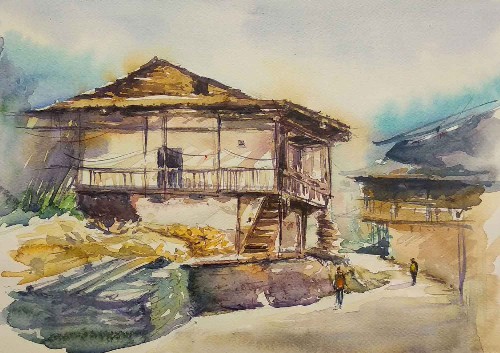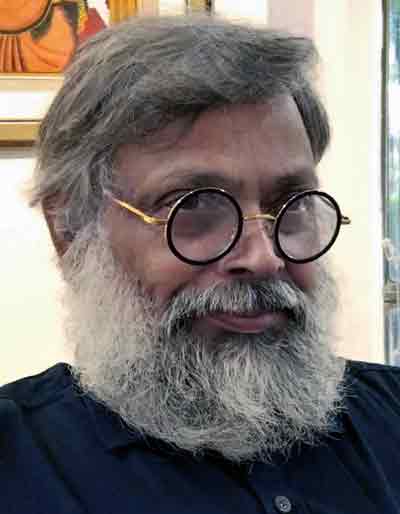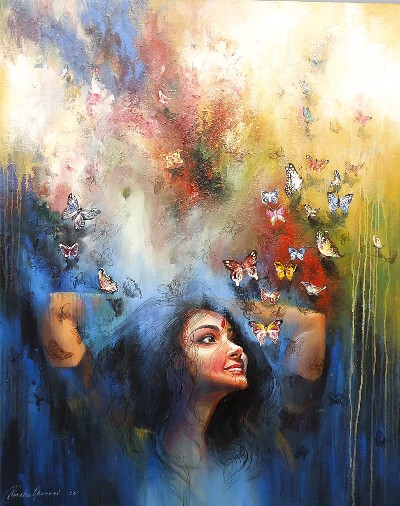
Original artwork for sale
Be the first to know about the new arrival curated collections, original paintings & artwork and exclusive sales

go for original paintings online
We are offering high-quality original artworks and paintings of well-known artists of India at very affordable prices.

Original artwork for sale
Be the first to know about the new arrival curated collections, original paintings & artwork and exclusive sales

go for original paintings online
We are offering high-quality original artworks and paintings of well-known artists of India at very affordable prices.

Original artwork for sale

































